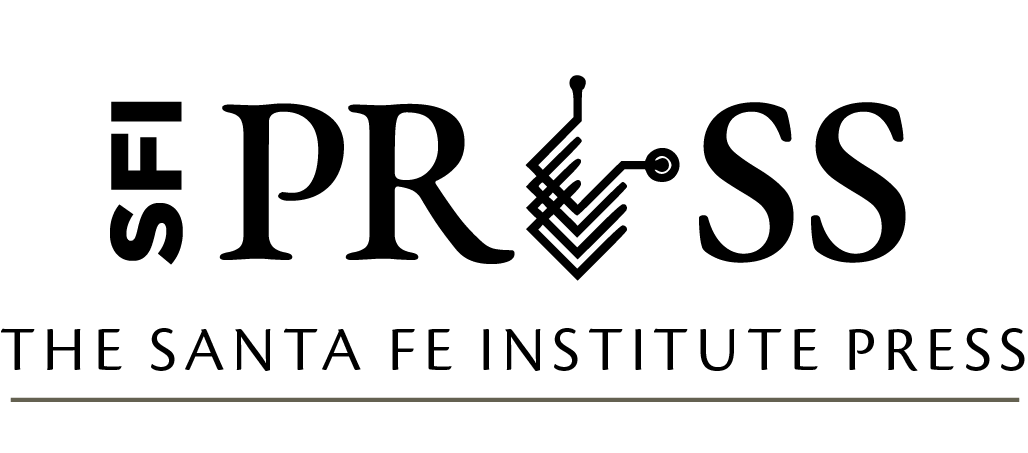Law as Data pp. 193–231
DOI: 10.37911/9781947864085.08
8. A computational Analysis of California Parole Suitability Hearings
Authors: Hannah Laqueur, University of California Davis; and Anna Venancio, Primer AI
Excerpt
Introduction
There are over thirty-five thousand inmates in California serving life sentences with the possibility of parole—over a quarter of the entire state prison population. For these inmates, the sentencing phase does not end with a judge in the courtroom. Instead, their freedom depends on an affirmation by the Board of Parole Hearings (“the board”) that they are suitable for release from prison. The board holds tremendous discretionary power over inmates’ lives, determining whether or not they will die in prison. Yet relatively little is known about the decision-making process. Final deliberations among the parole commissioners are held in private, with only the final decision revealed. Hearings are open only to the victim’s family and, with permission, members of the press. However, the transcripts from California parole hearings are publicly available.
This chapter uses machine text processing to analyze over eight thousand transcripts (the population of transcripts from hearings held between 2011 and 2014) to provide a window into this relatively invisible and understudied process.
The central question before the board is whether the inmate poses an unreasonable risk of danger to society if released from prison. The board has extensive latitude in making this determination. They may consider “all relevant, reliable information available to the panel” (Cal. Code Regs., tit. 15, §2281). The board’s assessment includes paper files indicating the offense for which the inmate was committed, the inmate’s psychological risk assessment score, their prison record, and letters of support. Beyond these facts on paper, the board also holds a hearing, typically lasting two to three hours. In the words of the Board of Parole Hearings executive officer Jennifer Shaffer, this is the board’s opportunity to try to understand, “Who were you then? Who are you today, and what’s the difference?”
Bibliography
Abrams, D., M. Bertrand, and S. Mullainathan. 2012. “Do Judges Vary in Their Treatment of Race?” Journal of Legal Studies 41 (2): 347–383.
Angrist, J. D., G. W. Imbens, and D. B. Rubin. 1996. “Identification of Causal Effects Using Instrumental Variables.” Journal of the American Statistical Association 91 (434): 444–455.
Ball, W. D. 2011. “Tough on Crime (on the State’s Dime): How Violent Crime Does Not Drive California Counties’ Incarceration Rates—And Why It Should.” Georgia State University Law Review 28 (4): 987–1084.
Chen, D. L. 2016. “This Morning’s Breakfast, Last Night’s Game: Detecting Extraneous Factors in Judging.” IAST Working Paper No. 16-49, Institute for Advanced Study in Toulouse, Tolouse, France. http://iast.fr/pub/31020.
Chen, D. L., T. J. Moskowitz, and K. Shue. 2016. “Decision-Making Under the Gambler’s Fallacy: Evidence from Asylum Judges, Loan Officers, and Baseball Umpires.” Quarterly Journal of Economics 131 (3): 1181–1242.
Danziger, S., J. Levav, and L. Avnaim-Pesso. 2011. “Extraneous Factors in Judicial Decisions.” Proceedings of the National Academy of Sciences 108 (17): 6889–6892.
Fischman, J. B. 2014. “Measuring Inconsistency, Indeterminacy, and Error in Adjudication.” American Law & Economics Review 16 (1): 40–85.
Hopkins, D. J., and G. King. 2010. “A Method of Automated Nonparametric Content Analysis for Social Science.” American Journal of Political Science 54 (1): 229–247.
Kozinski, A. 1992. “What I Ate for Breakfast and Other Mysteries of Judicial Decision-Making.” Loyola of Los Angeles Law Review 26 (4): 993–999.
Medwed, D. S. 2007. “The Innocent Prisoner’s Dilemma: Consequences of Failing to Admit Guilt at Parole Hearings.” Iowa Law Review 93 (5): 491–557.
Miller, J. B., and A. Sanjurjo. 2018. “Surprised by the Gambler’s and Hot Hand Fallacies? A Truth in the Law of Small Numbers.” Econometrica 86 (6): 2019–2047.
Mullane, N. 2012. Life After Murder: Five Men in Search of Redemption. New York, NY: Public Affairs.
Nakosteen, R., and M. Zimmer. 2014. “Approval of Social Security Disability Appeals: Analysis of Judges’ Decisions.” Applied Economics 46 (23): 2783–2791.
Petersilia, J. 2003. When Prisoners Come Home: Parole and Prisoner Reentry. Oxford, UK: Oxford University Press.
Ramji-Nogales, J., A. I. Schoenholtz, and P. G. Schrag. 2007. “Refugee Roulette: Disparities in Asylum Adjudication.” Stanford Law Review 60 (2): 295–411.
Sarosy, C. 2013. “Parole Denial Habeas Corpus Petitions: Why the California Supreme Court Needs to Provide More Clarity on the Scope of Judicial Review.” UCLA Law Review 61 (4): 1134–1191.
Tversky, A., and D. Kahneman. 1974. “Judgment under Uncertainty: Heuristics and Biases.” Science 185 (4157): 1124–1131.
Van der Laan, M. J., and S. Rose. 2011. Targeted Learning: Causal Inference for Observational and Experimental Data. New York, NY: Springer Science & Business Media.
Weinshall-Margel, K., and J. Shapard. 2011. “Overlooked Factors in the Analysis of Parole Decisions.” Proceedings of the National Academy of Sciences 108 (42): E833–E833.
Weisberg, R., D. A. Mukamal, and J. D. Segall. 2011. Life in Limbo: An Examination of Parole Release for Prisoners Serving Life Sentences with the Possibility of Parole in California. Palo Alto, CA: Stanford Criminal Justice Center.
